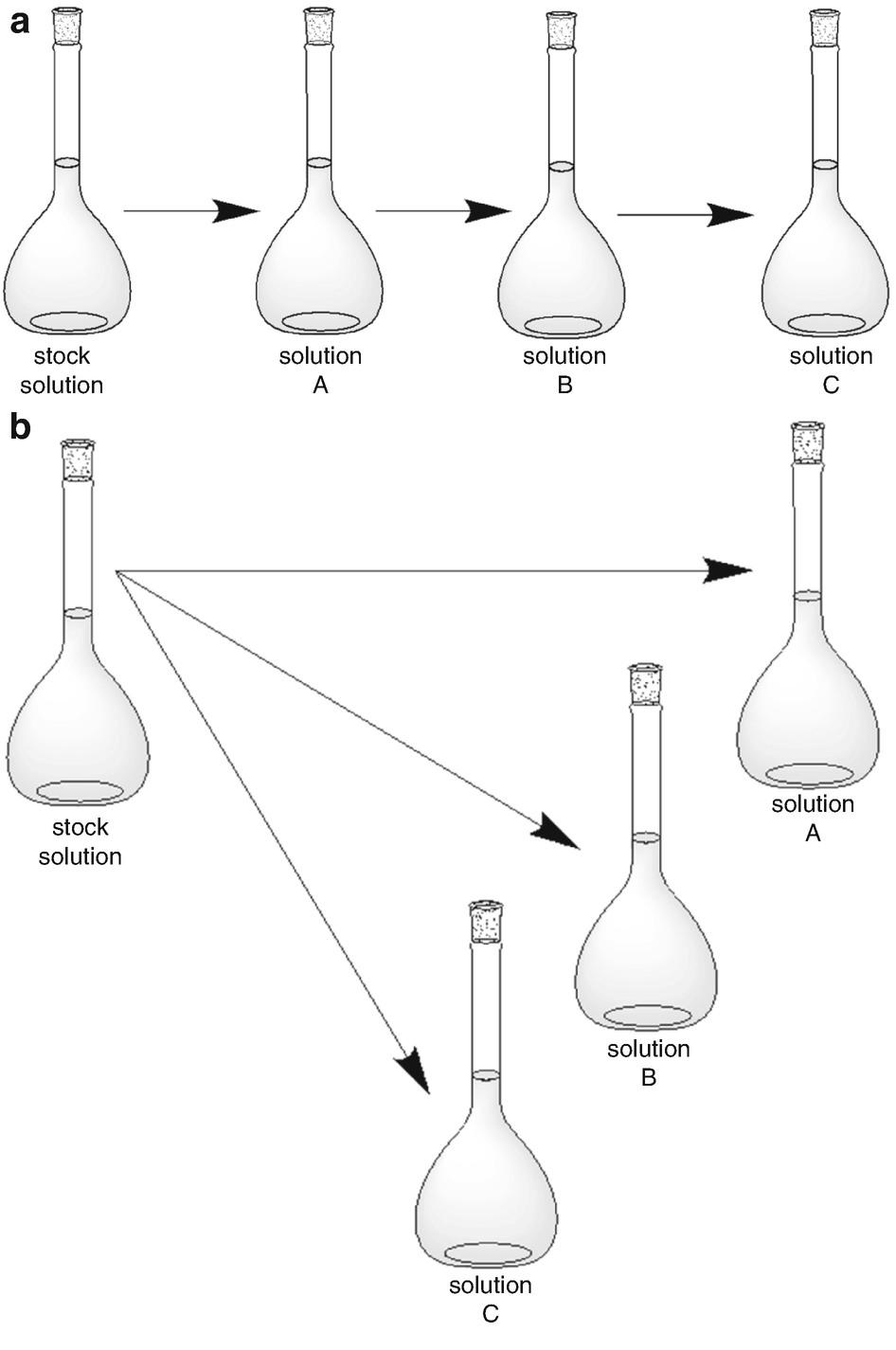

What happens if instead of having 1 part of sample you have more? Let’s say you have 20mL of sample and 30mL of water (2 parts of sample, 3 parts of water). You can also do the calculations in our dilution factor calculator.Ī slightly more difficult example. Similarly, in S:T format you already have your sample to total proportion (1:5), which already tells you have to multiply by 5. To get from 1 part to 5 parts you need to multiply by 5. In S:D format, 1:4 means you have 1 part of sample for 4 parts of water, or 5 parts of water + sample in total. By what number to I need to multiply to get to the final volume (50mL) starting from the initial volume (10mL)? It’s 5 in this case right? 10mL × 5 = 50mL. It’s quite simple with volumes: you have 10mL of sample, and your final volume is going to be 50mL. The way you calculate the dilution factor is the following: you need a number that converts the proportion of sample you initially have to the total volume you will have in the end. If you express this as S:T, you’re going to have 1:5 (as you have 1+4=5 parts in total). If you express this as S:D, it’s going to be 1:4. You have 1 part of sample (the blue boxes above) for 4 parts of water (the red boxes above). Let’s say you have made a dilution where you put 10mL sample and you added 40mL water (this is the diluent). So depending on which one you’re using, the calculation is slightly different but you’ll see it’s quite simple. Here are some examples:ĭilutions are generally expressed as parts of sample per parts of diluent (S:D) or parts of sample per total parts (S:T, sum of sample + diluent parts). Keep in mind that when you dilute, there is no loss of material (all the cells that were there will stay there). Dilutions calculator What is the dilution factor?īut first of all, what is the dilution factor? It represents how much more volume there is in your mixture in addition to the original sample you had.


 0 kommentar(er)
0 kommentar(er)
